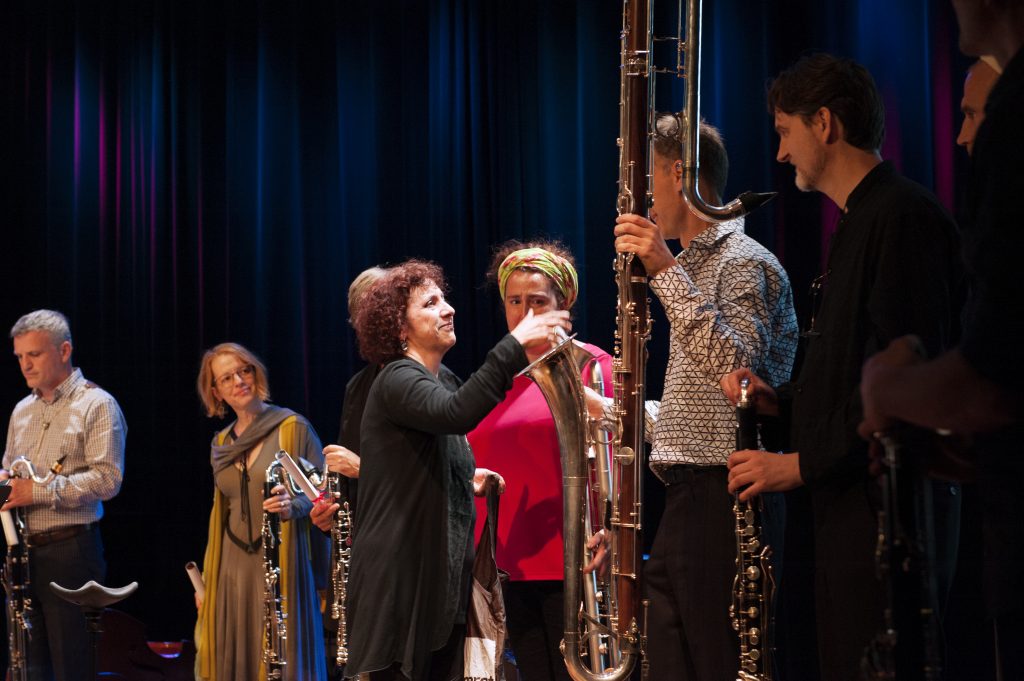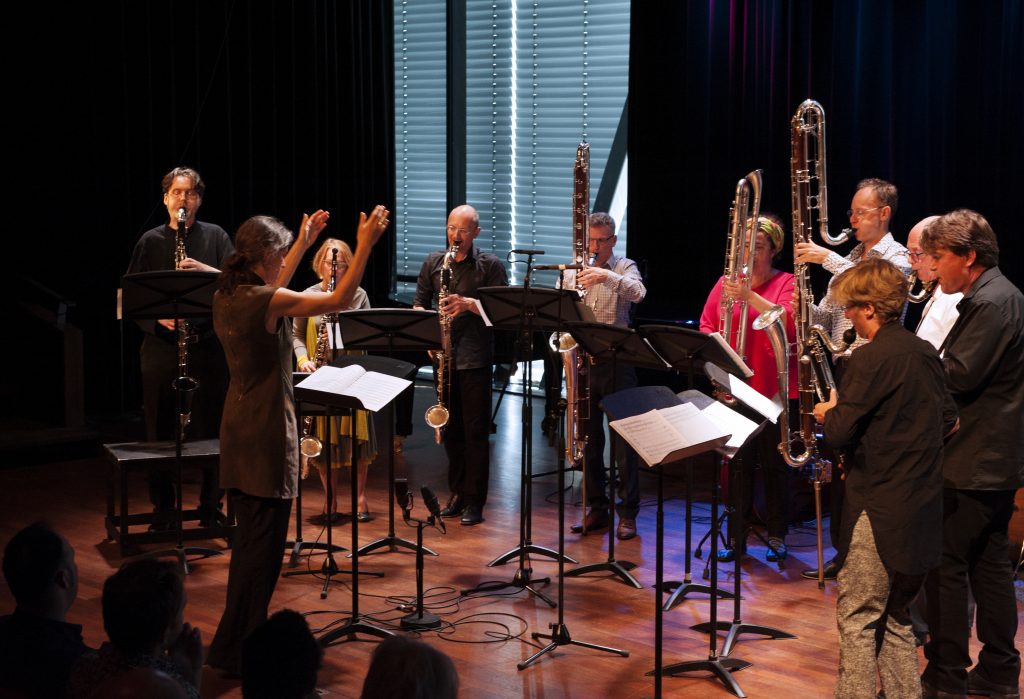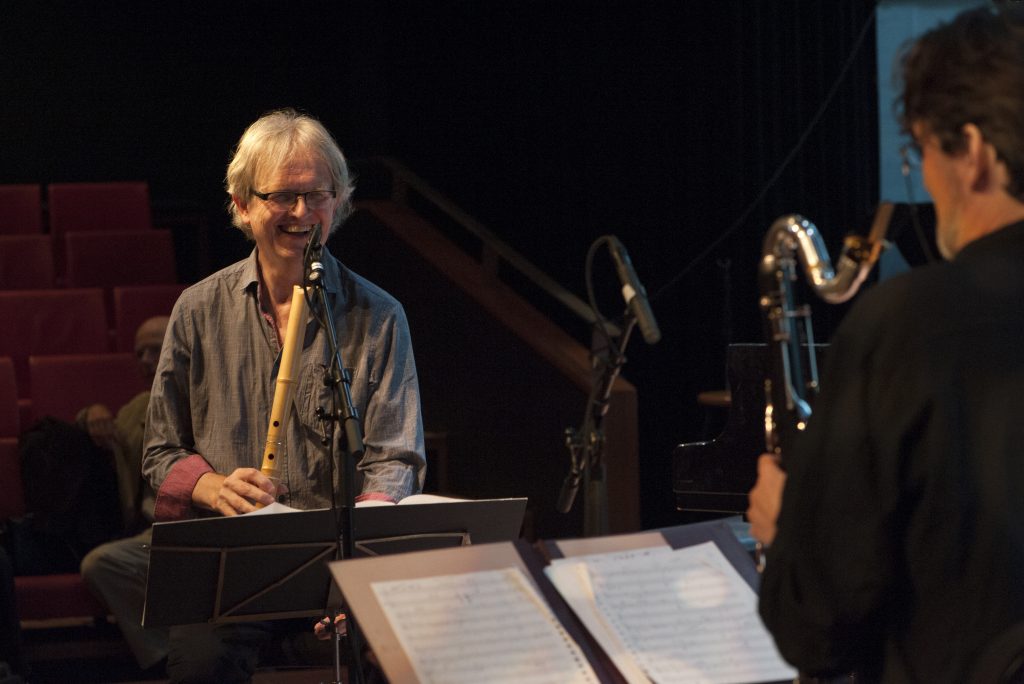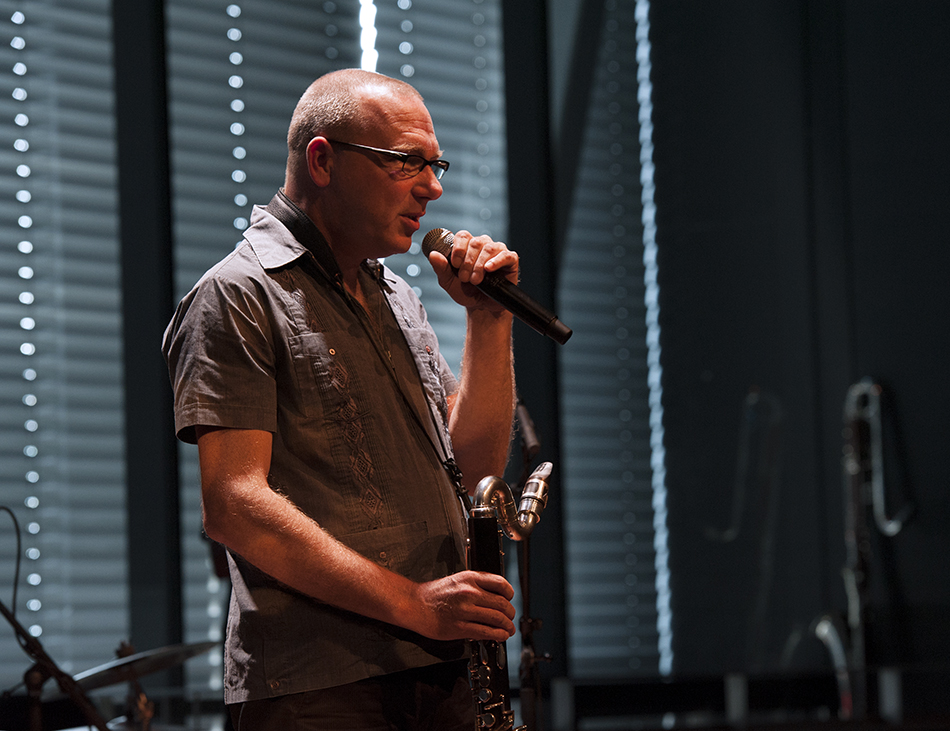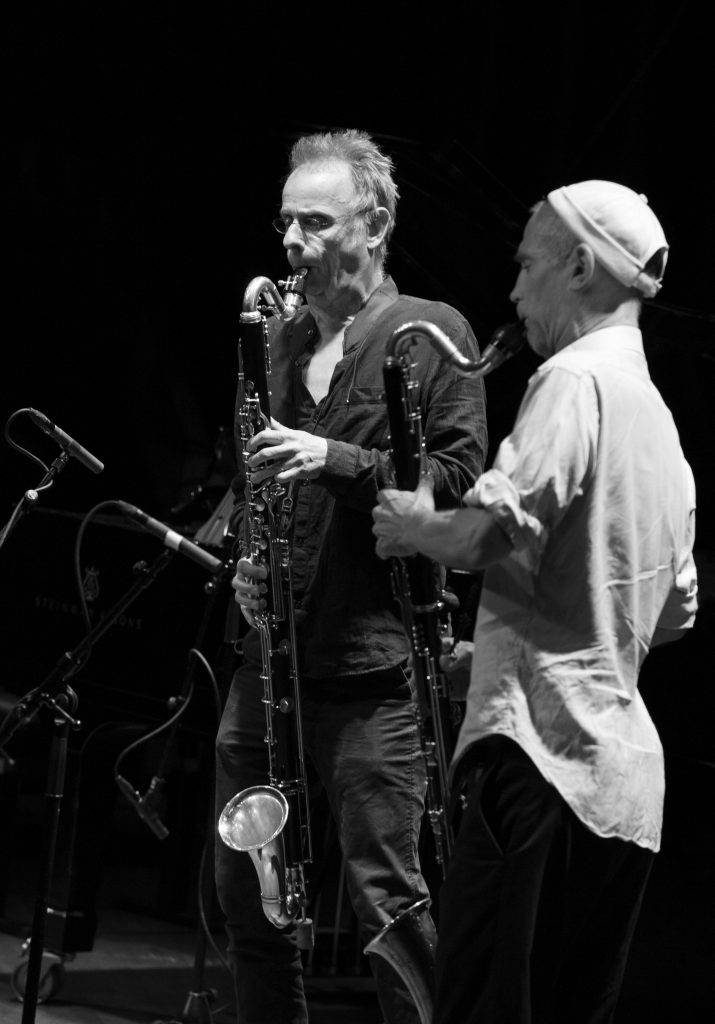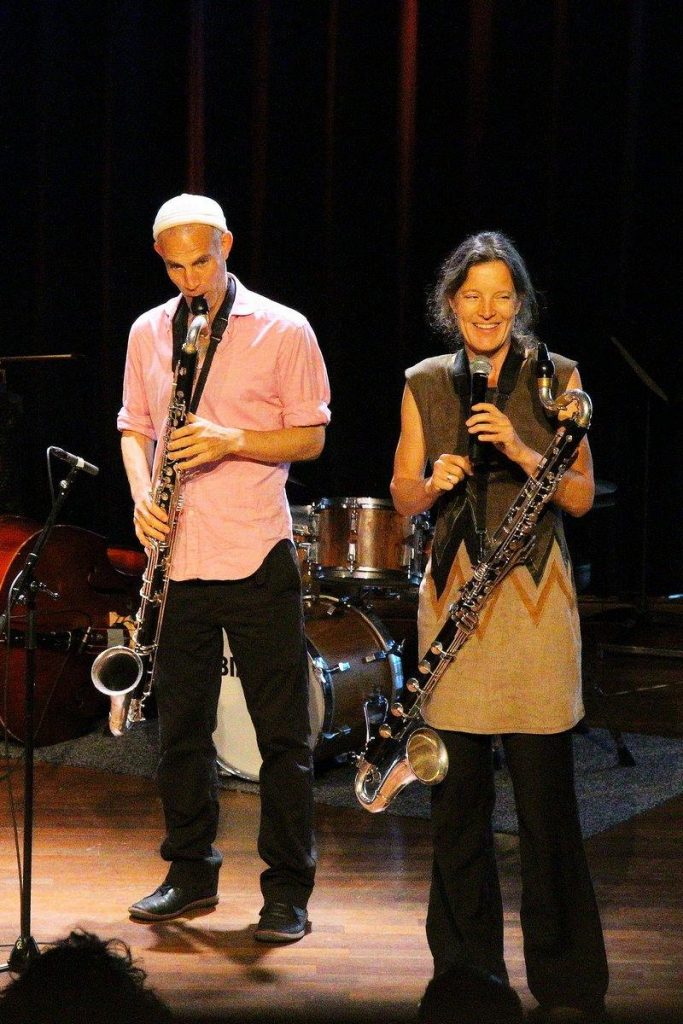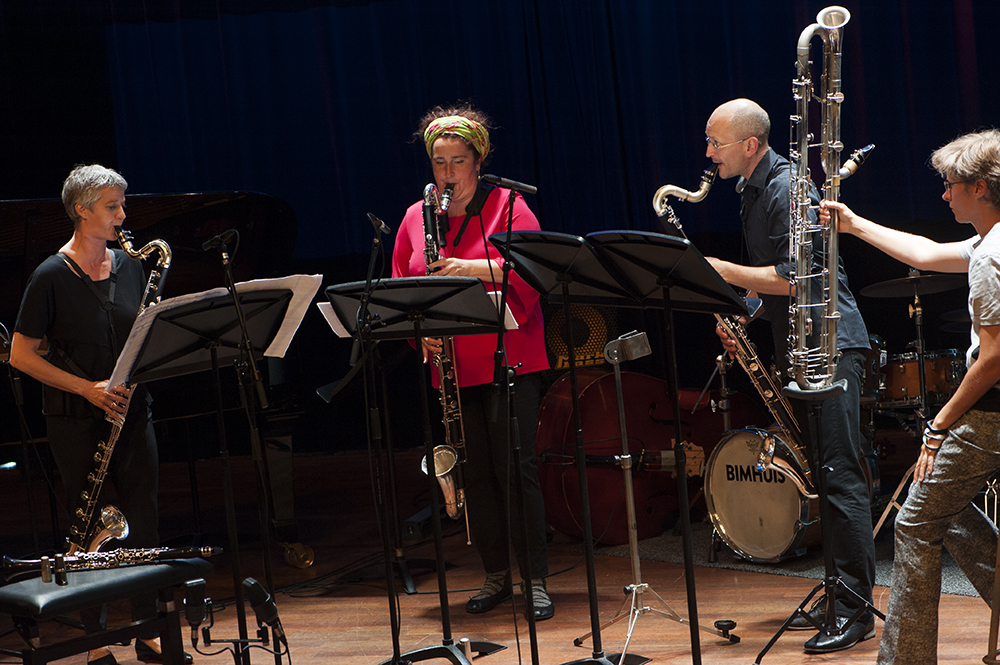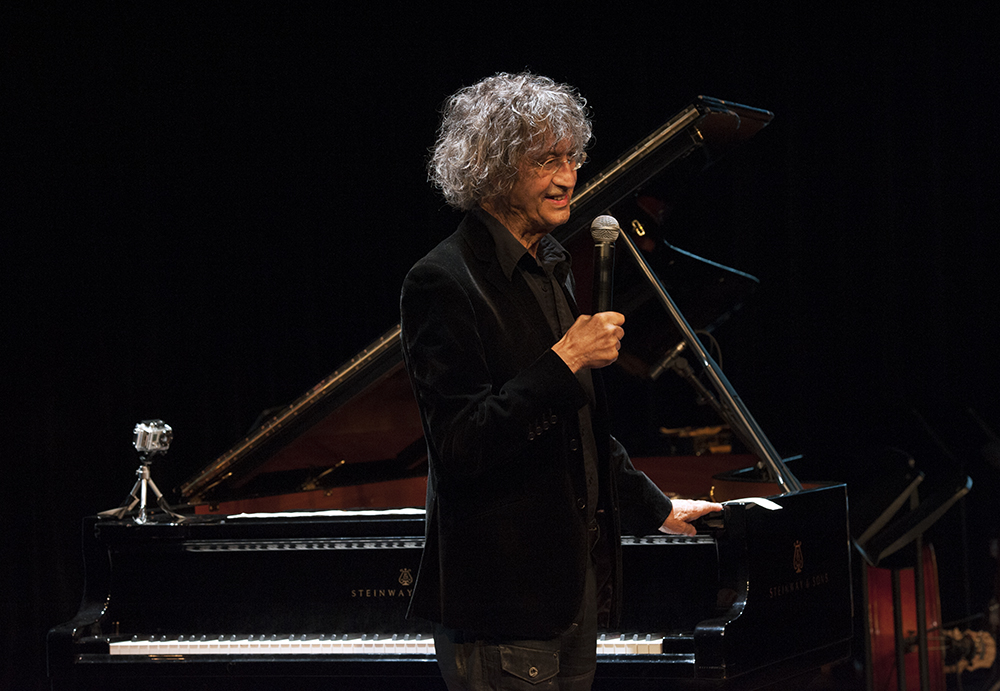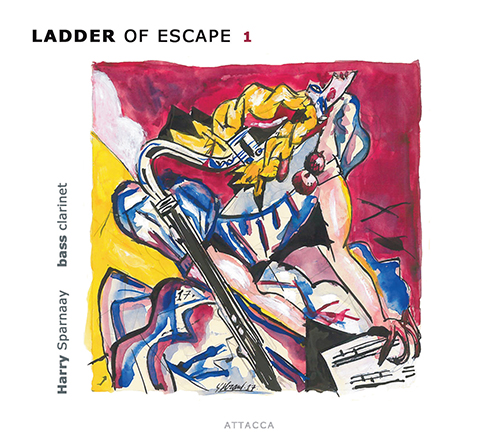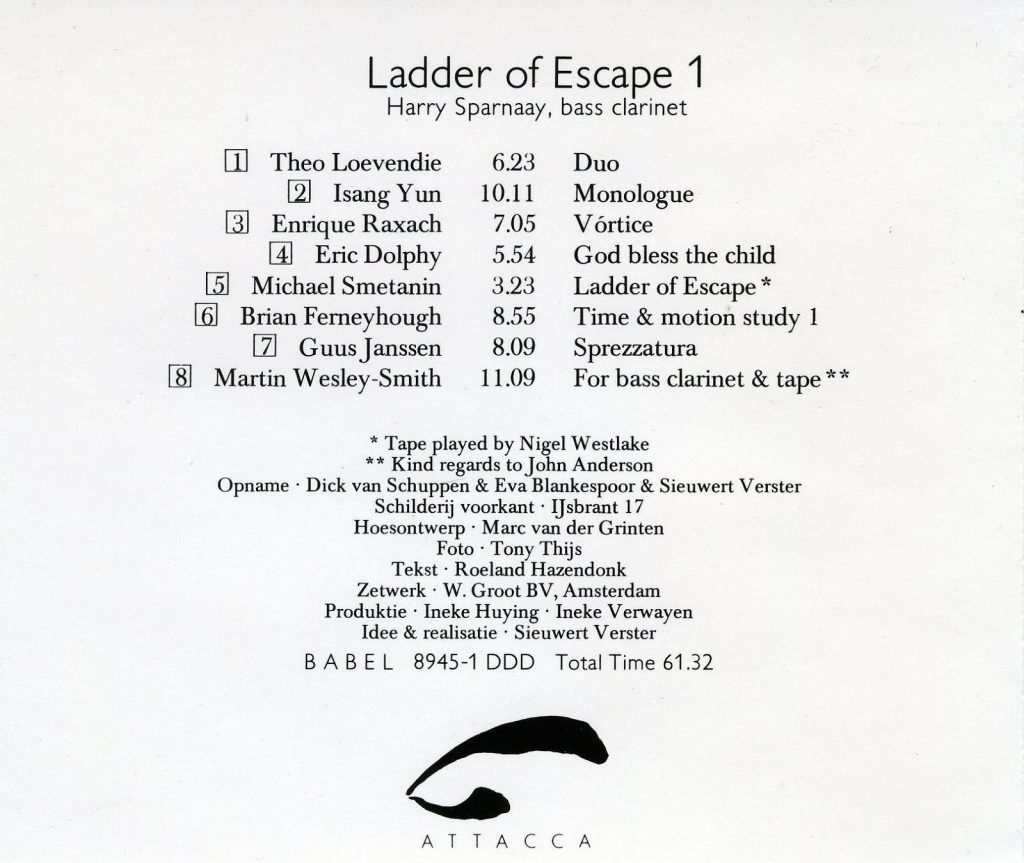At the age of 73 bass clarinet player Harry Sparnaay (1944-2017) passed away. Without Harry, Dutch contemporary music would have not been the same. As a soloist and in ensembles such as Het Trio, Fusion Moderne, Het Basklarinettenkollektief, the Asko Ensemble and orchestras he put his instrument and the new music in general on the map.
In 1972, Harry Sparnaay won the first prize at the Gaudeamus Interpreter Competition with his bass clarinet. He was a great champion of this instrument and was able to entice a countless number of composers, such as Isang Yun, Morton Feldman, Iannis Xenakis, the Dutch Tera de Marez Oyens and Ton de Leeuw to write work especially for him and the bass clarinet. As a teacher, Sparnaay spent many years at the Amsterdam and Utrecht Conservatories, giving workshops all over the world and thus creating a whole new generation of bass clarinet players.
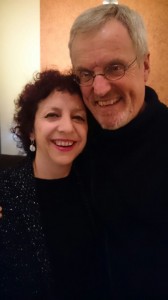 Dear Harry Sparnaay, thank you for all your enormous positive energy, so many people enjoyed your lessons and coachings and stories – bass clarinetists and many other musicians. We will keep on going with your passion and work, the bass clarinet and the contemporary music.
Dear Harry Sparnaay, thank you for all your enormous positive energy, so many people enjoyed your lessons and coachings and stories – bass clarinetists and many other musicians. We will keep on going with your passion and work, the bass clarinet and the contemporary music.
Fie Schouten, Tobias Klein and all the other people who feel the same
Documentaire van Hans Hylkema over jazzicoon
Eric Dolphy, De laatste sessie | Last Date
(Harry Sparnaay aan het woord vanaf 53min)
Documentaire van Hans Hylkema over componist Tristan Keuris (1946-1996), ‘componist met de gouden handjes‘
(Harry Sparnaay aan het woord vanaf 35min)
Concert to remember and honor Harry Sparnaay
organised by Basklarinet Festijn
10 june 2018 15:00 Bimhuis, Amsterdam (program & line-up)
pictures below by Elisabeth Melchior:
The bass clarinet, a personal history (2012) by Harry Sparnaay
Harry Sparnaay, the bass clarinettist who has been often featured as prominent soloist, launches the most extended and rigorous study on bass clarinet. It deals with thorough technical aspects and emphasizes the resources of present music such as multiphonics, microtones and diverse effects.
Everything is illustrated with fingering charts and there are more than 100 audio examples. You will know about Harry’s personal life and a lot there is to know about the history of the bass clarinet, its repertoire, studies and resources.
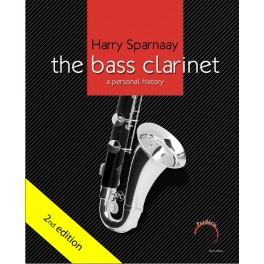
Furthermore, the authors biography gathers information about his dedication teaching this instrument during his whole life and presenting it in concert halls around the world as a soloist, member of chamber groups and ensembles. This is a book to use as a reference, essential for clarinettists, clarinet teachers, composers and musicologists, written by the most important authority on the bass clarinet.
buy via boosey.com
https://clarinetandsaxophone.com/harry-sparnaay-the-bass-clarinet/
Ladder of Escape 1 – Harry Sparnaay bass clarinet solo Attacca Records
buy | leen uit bibliotheek
